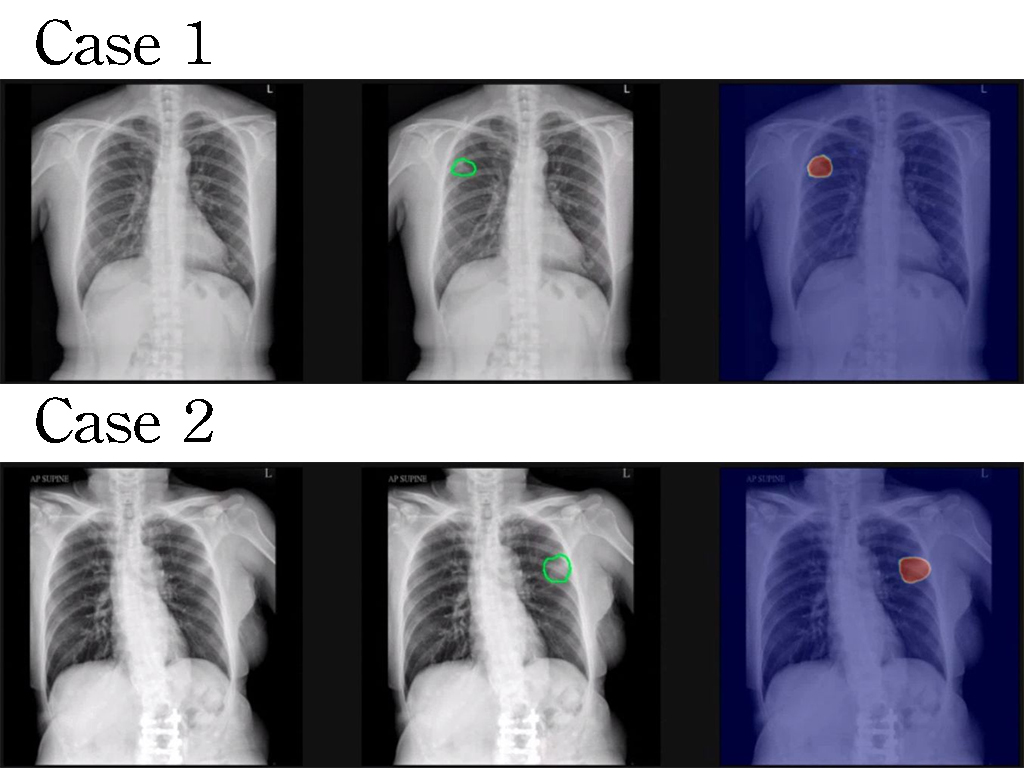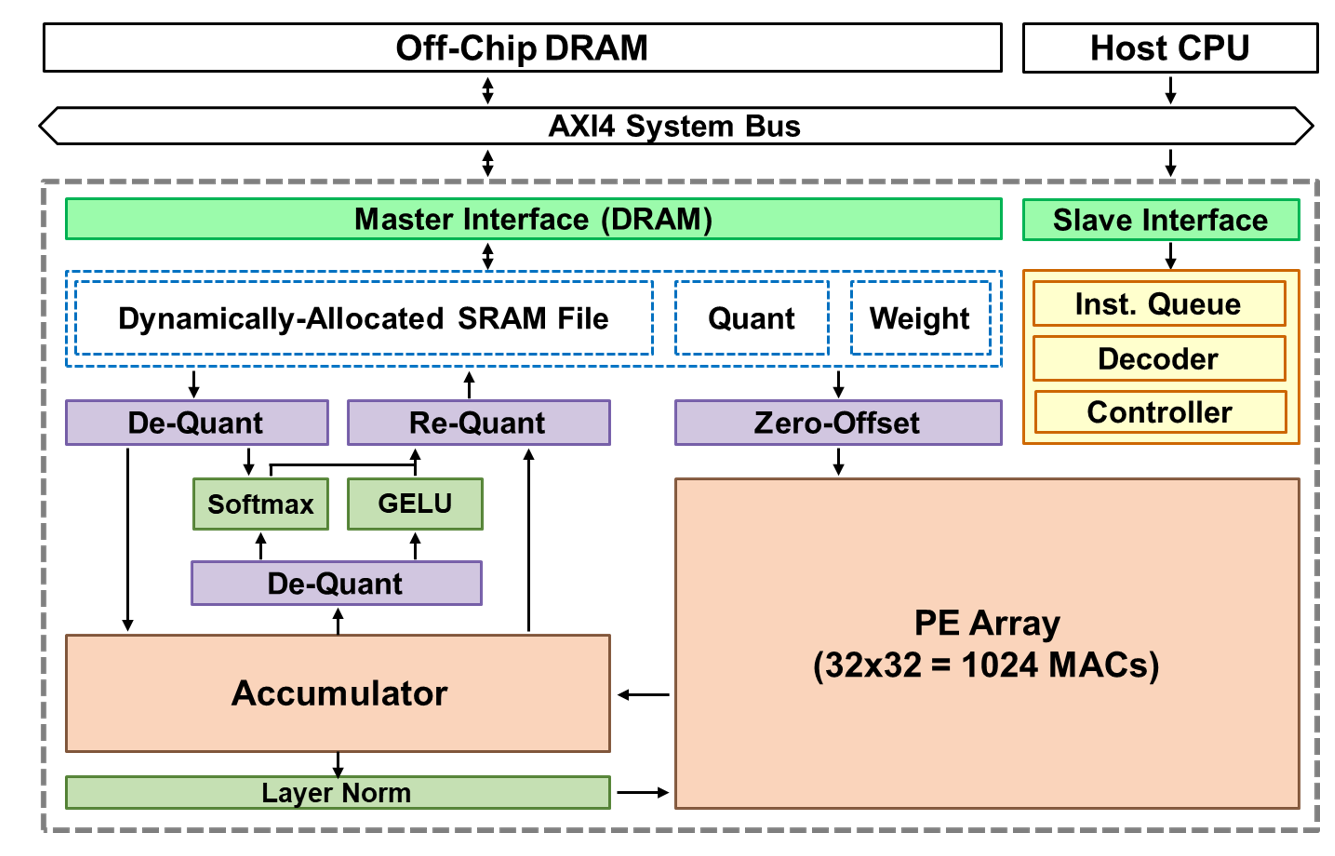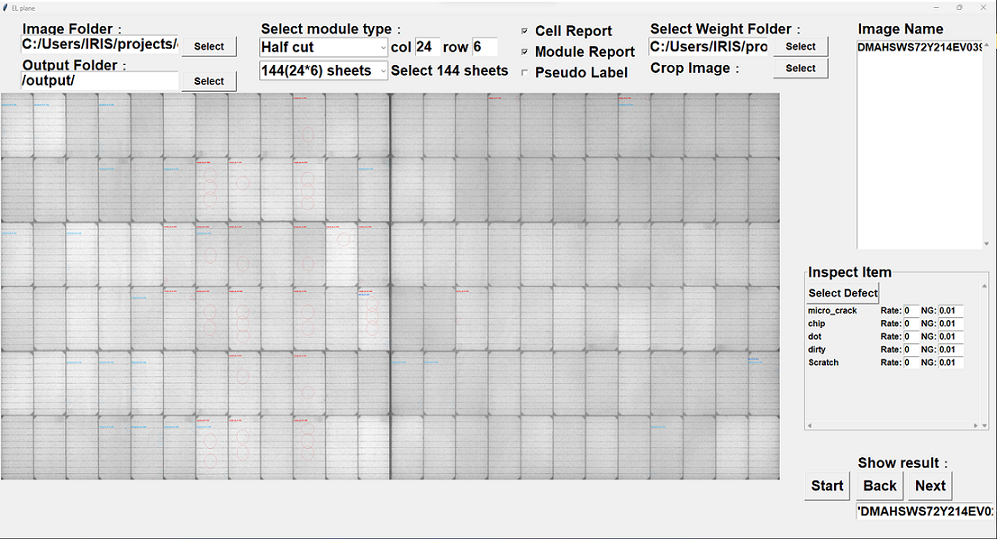| Technical Name | SGD-Net: Intelligent Diagnostic and Predictive System for Stroke Using MRI images | ||
|---|---|---|---|
| Project Operator | Chang Gung University | ||
| Project Host | 魏怡嘉 | ||
| Summary | Stroke causes healthcare burden. Neuroimaging-based AI integration for in-depth stroke analysis helps stroke care. The Semantic Segmentation Guided Detector Network (SGD-Net) applies 2-stage models to accurately segment and quantify ischemic lesions on brain MRI images. Lesion-based semantic and radiomic analysis and feature fusion precisely predict outcomes, stroke etiology, and large artery stenosis. SGD-Net integrates neurology and neuroimaging, making it highly valuable and applicable. |
||
| Scientific Breakthrough | Existing AI analyses of brain MRI images in acute ischemic stroke are inadequate in integrating domain knowledge. For the first time, the SGD-Net system integrates neuroscience knowledge with deep learning by integrating brain atlases for an in-depth understanding of disease nature. The two-stage model design of SGD-Net has excellent scalability. Combining with domain knowledge-orientated concepts, we aim to maximize the value of explainable AI in neuroimaging and stroke management. |
||
| Industrial Applicability | SGD-Net, the intelligent diagnostic and predictive system for stroke using MRI image, can be integrated into HIS, showing stroke lesion information on PACS, and setting up emergent alarm system of critical stroke to indicate large strokes, etiology of embolic thrombus, and major artery stenosis. This helps reduce clinical risks and lowers post-stroke healthcare burden. In education and research, it integrates clinical neurology, neuroscience, and neuroimaging for advanced analysis of stroke. |
||
| Keyword | Acute ischemic stroke Stroke lesion Smart heathcare Magnetic resonance imaging Semantic analysis Radiomics Brain atlas Outcome prediction Deep learning Machine learning | ||
- Contact
- Yi-Chia Wei
- yichiawei@gmail.com
other people also saw















